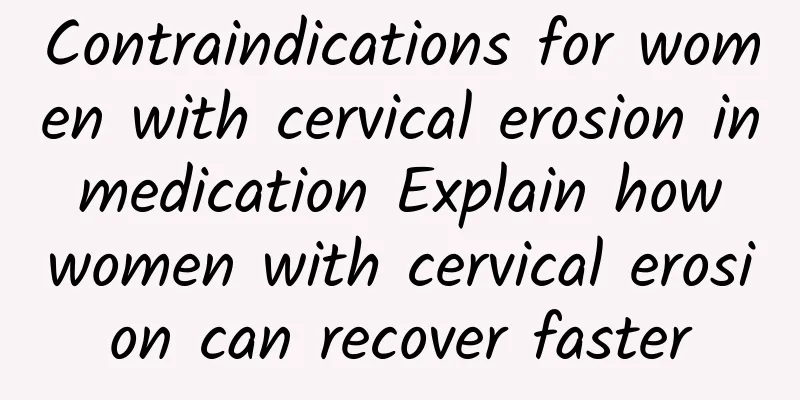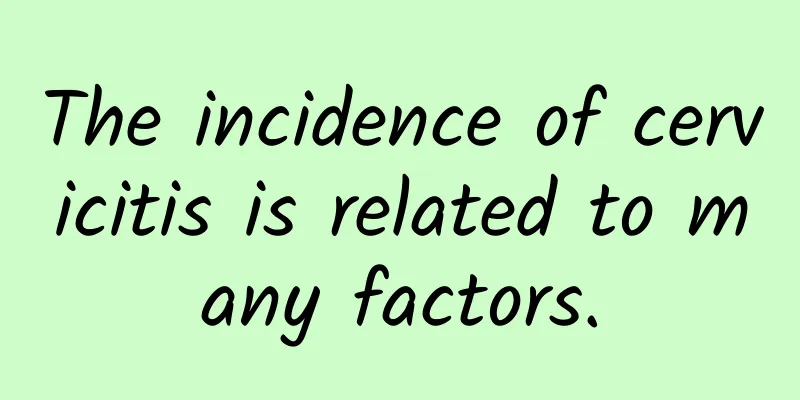What to do if endometrial thickness and cervical hypertrophy

|
Endometrial thickening and cervical hypertrophy are often caused by hormonal imbalance, infection or other pathological factors. It is recommended that patients first undergo a professional medical evaluation to confirm the specific cause, which may require medication or surgical intervention. Usually, doctors will develop personalized treatment plans based on the specific symptoms and causes. For endometrial thickening, common medical treatments include hormone regulating drugs such as progesterone, oral contraceptives, etc. to help restore the normal thickness of the endometrium. In some cases, the doctor may recommend a hysteroscopy to rule out the risk of lesions. For cervical hypertrophy, common problems may include chronic cervicitis, and infections require antibiotic treatment. If hypertrophy affects function or lesions are suspected, cervical conization or partial resection may be recommended. Surgical options include cold knife conization, laser conization, or LEEP (loop electrosurgical excision procedure). These surgical methods are often preferred because of their minimal invasiveness and quick recovery. For endometrial thickening, common medical treatments include hormone regulating drugs such as progesterone, oral contraceptives, etc. to help restore the normal thickness of the endometrium. In some cases, the doctor may recommend a hysteroscopy to rule out the risk of lesions. For cervical hypertrophy, common problems may include chronic cervicitis, and infections require antibiotic treatment. If hypertrophy affects function or lesions are suspected, cervical conization or partial resection may be recommended. Surgical options include cold knife conization, laser conization, or LEEP (loop electrosurgical excision procedure). These surgical methods are often preferred because of their minimal invasiveness and quick recovery. Patients should pay attention to regular checkups during treatment and follow the doctor's diet and lifestyle recommendations. For example, adding fiber-rich vegetables and fruits, such as spinach and carrots, to the diet can help maintain hormone balance. Appropriate exercise, such as jogging and yoga, can also promote blood circulation and enhance immunity. Maintaining good hygiene habits and physical health is very necessary, such as avoiding high-risk sexual behaviors and controlling weight. Actively communicating changes in symptoms, and seeking medical attention in a timely manner if abnormalities or discomfort occur is the key to maintaining health. |
<<: Is pregnancy with uterine fibroids risky?
>>: Uterine cyst drug treatment
Recommend
How can menopausal women supplement estrogen? It should be supplemented according to scientific methods
Normal estrogen has an important impact on women....
What are the symptoms of menopause?
In life, people should pay attention to understan...
How to treat amenorrhea caused by premature ovarian failure
How to treat amenorrhea caused by premature ovari...
Can microwave treatment really eradicate cervical erosion?
Can microwave treatment really eradicate cervical...
What to do if your menstrual period is long
Long menstrual periods may be troubling to many w...
What are the examination methods for pelvic peritonitis?
When you have a disease, the best way is to make ...
Can adenomyosis be treated abroad?
Can adenomyosis be treated abroad? As long as ade...
Auxiliary examination of uterine fibroids How to treat uterine fibroids
Uterine fibroids grow rapidly and can undergo dif...
Premonitory symptoms of vulvar leukoplakia
The precursor symptoms of vulvar leukoplakia main...
The key to timely detection of ovarian cysts lies in symptoms
The symptoms of early ovarian cysts are of great ...
What are the common treatments for vaginitis in clinical practice?
The occurrence of vaginitis brings great harm to ...
What causes Trichomonas vaginitis?
Trichomonas vaginitis is a common gynecological i...
Painless abortion, which is better?
Painful abortion generally refers to ordinary art...
Can endocrine disorders cause amenorrhea?
Endocrine disorders induce amenorrhea, so it is i...
Complete cure of vulvar pruritus
Whether vulvar pruritus can be completely cured i...









